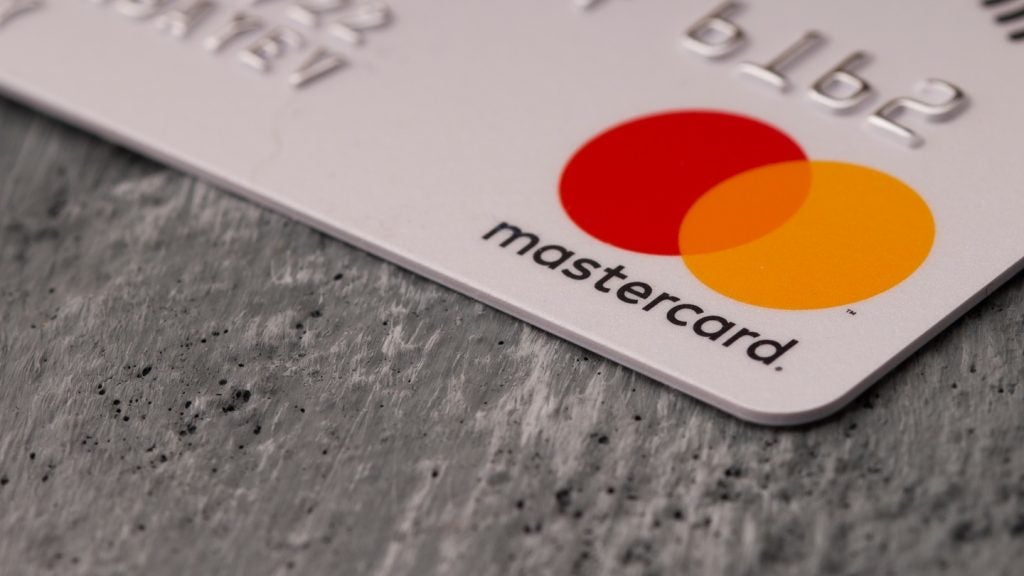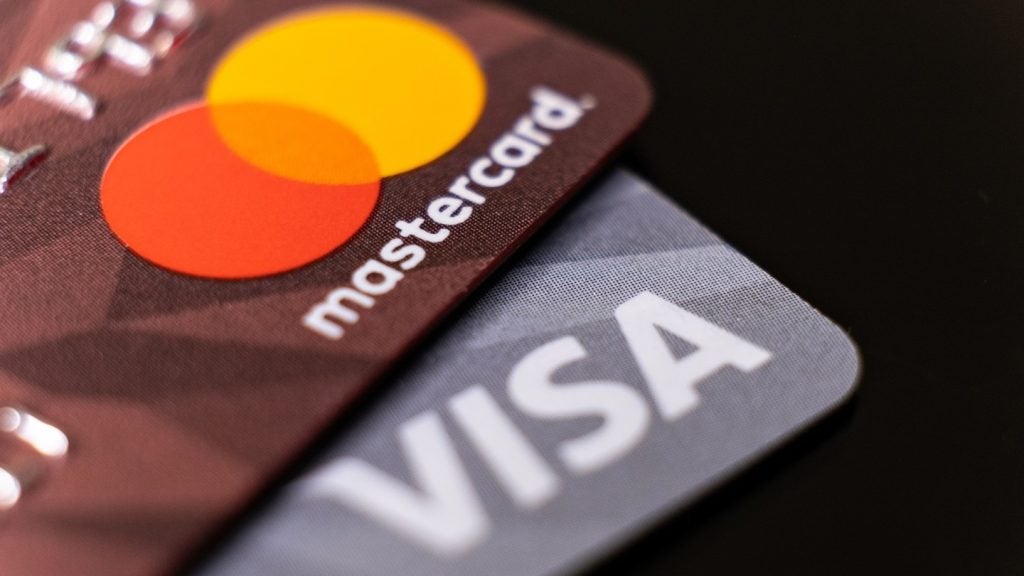Sascha Breite, head of Future Payments at SIX Payment Services, sheds a little light on innovation from a merchant’s perspective. What if the consumer was more involved in the value chain- is there a proposition that benefits consumer and merchant alike? And what about QR codes, is there life in that old dog yet?
The payments ecosystem has been revolutionised in recent years. Innovation in payment methods is constant and it’s worth looking at where we may see further change with regards to payments across Europe.
The service economy
Payment simplification is creating different expectations among consumers. They expect that their real-time experiences will follow technological advances.
Just as they can ‘lease’ music instead of buying it outright, and access software as a service (SaaS) for a monthly fee, they expect this model to spread to other areas of their lives.
The payment industry needs to support this new business model, enabling payment of smaller amounts – since individual service fees such as subscription services may be very small – and enabling customers to cancel a service at short notice, rather than being tied into long contracts.
The way that people communicate today, using social media to make recommendations (and alert each other to problems) is also shaping payment technology. If they are dissatisfied with something, the payment industry must pay attention and respond.

US Tariffs are shifting - will you react or anticipate?
Don’t let policy changes catch you off guard. Stay proactive with real-time data and expert analysis.
By GlobalDataA mobile world
The amount of time that consumers spend on their mobile devices is dramatically altering the payment landscape. Figures show that the average user checks their mobile device 120 times per day, looking at mail, information, news and other updates (including their bank details).
This volume of attention can be targeted by marketers, with consequent implications for the payment industry. It will steer how new payments and purchases are made.
In many cases, payments will take place seamlessly in the background, through a safe, virtual wallet. But it is important to understand what people are looking for, what is attracting them in this new ‘attention economy’, so that the payment industry can facilitate it.
It is also being called ‘contextual commerce’, where the option to buy a product or service is presented to a consumer while they are online, browsing through pictures or news stories for example. Identifying the confluence of interest in a purchase and intent to buy will become increasingly important to retailers and consequently to the payment industry.
One key is to connect the consumer’s identity with the company that they want to pay: where are they going? Can they be identified? If you can bring together these various sources of information with communications from mobile devices and from the payment side, you can link the movements of consumers to sales.
Companies like Starbucks and McDonalds have developed apps which can track their consumers and offer them the chance to pay in advance. Starbucks’ Order & Pay service achieved five million sales in its first month alone.
But what if you’re an SME? This area is currently underserved. For example, if we know that a card holder is using their card, we can connect them with goods or services that merchants are offering, enriched with other information to improve loyalty and marketing effectiveness.
Small and medium-sized enterprises will be able to access anonymised data on the purchasing behaviour of their customers, as a way of helping them to understand spending and payment patterns.
Many customers avoid loyalty schemes, meaning that merchants know relatively little about their spending habits. It may be worthwhile bringing together information from banks and telecom companies to provide additional analysis.
This has the potential to be of great help to SMEs – for example, if a merchant recognises when a customer has spent more than 200, they could offer them something as a reward. It is a way for smaller merchants to compete with larger brands.
QR code options
Scanning a product’s QR code into a consumer’s smartphone is an option that SIX Payment Systems is piloting in Switzerland, along with conducting a survey to discover how consumers are reacting to QR code technology. At least 130,000 consumers will have access to the option, potentially rising to 500,000 by the end of the year.
It allows consumers to use their smartphones as part of the purchasing process, despite the restrictions imposed by Apple on other kinds of payments, such as Near Field Communication (NFC).
We will survey how consumers, who have become used to peer-to-peer payment systems, are now responding to QR code technology and how far it has the potential to become widely used as a payment option.
It is our view that customers hate ‘idle’ time, when they’re queuing in shops for example. The result is that new systems are emerging where they can scan goods as they walk around the store, meaning by the time they reach the checkout, they can pay quickly.
The consumer being more active in the value chain of a transaction means that merchants can provide more information (this can appear on the consumer’s mobile device, as they tour the retail premises for example); it can give details of product availability, or the location of certain goods. It also opens up the possibility of developing greater engagement, communication and loyalty relationships between retailers and consumers.
Enhanced security
Rising awareness of the dangers of online and cyber fraud means that everyone in the payment industry must take steps to improve security. ‘Always on’- consumers don’t want to be bothered with paying attention to security measures, and yet it is essential they feel secure in what they’re doing. Fraud prevention measures have become more advanced, but there has to be constant improvement and vigilance to ensure that the industry remains ahead of any threats to its reputation and integrity.
The range and speed of changes in the payment industry have never been so dramatic and revolutionary, with new entrants to the industry threatening to disrupt the sector and traditional players seeking ways to maintain their positions.
The future is clear – It will be those that enable the consumers and retailers of tomorrow to reap the maximum benefits of this innovation who will prevail. This will require agility to adapt to market changes and must be part of a wider arsenal of attributes which should include a calm approach, budgetary support and the resilience to await results of new ideas. These coupled with stamina and continuing to provide a suite of ‘staple’ solutions will deliver a payments future that will enrich the entire industry.








